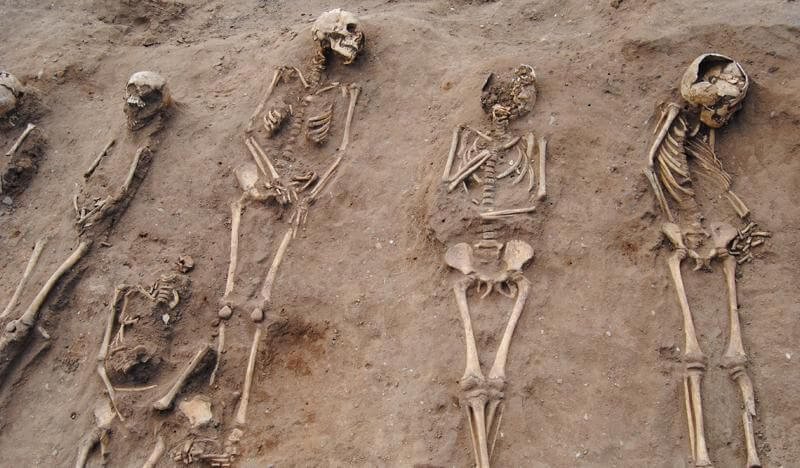Archaeologists recently excavated a mass burial of at least 48 men, women, and children on the grounds of a medieval monastery in Lincolnshire, UK. One person’s teeth contained traces of bubonic plague DNA, and radiocarbon dating suggests that these people were victims of a 14th century outbreak. It’s the first time archaeologists have found a mass grave for plague victims outside of a city like London or Hereford, and it reveals that even small country villages struggled to bury the masses of plague victims.
…
Radiocarbon dates from two skeletons suggest that they died sometime between 1295 and 1404. Two silver pennies narrow the date even further; both coins were minted during the reign of King Edward III, between 1327 and 1377. The most obvious conclusion is that the people at Thornton died during the first devastating wave of plague, which swept through England in 1348 and 1349, wiping out between a third and half of the English population in a single fell event.
…
[Researcher Hugh] Willmott and his colleagues speculate that the people who died at Thornton Abbey may have had the same strain of Y. pestis as those who died in London, 290 kilometers (180 miles) south of Lincolnshire.






























